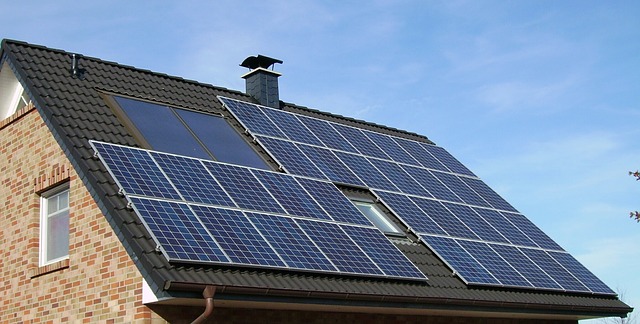
It’s a term that’s branded around aplenty, but ask most people to define sustainability and you might be greeted with blank looks.
This is something which has donned the construction industry for years and in truth, it’s hugely important in the development of real estate. We were recently taking a look at the findings of Clay Hutson, a real estate agent in Seattle, who immediately raised the point that he was associated with Sustainable Seattle. It made us realize even more how much the industry appreciate sustainability and attempt to preach it – even if it might not always make their role easier.
Nevertheless, the question still exists – what exactly is sustainability? Here, we’ll take a look at three of the key pillars and show how these can be attributed to a real estate project.
Table of Contents
Economic development
Unsurprisingly, this is one of the most disputed elements of sustainability. For a project to be approved, there has to be evidence to suggest that it is going to be economically viable for the long-term. In many ways, this has existed for years, long before the wave of “sustainability hype” that we have become used to. However, due to its importance, its been grouped with all of the other pillars that we’ll also discuss today.
The idea is simple; for a project to be sustainable it must positively affect the local economy. This might be via jobs or just adding more sources of revenue to a region.
Additionally, economic development focusses on allowing a sustainable project (one that ticks the social and environmental factors we’ll soon look at), to be deliverable in a manner that’s not going to break a project financially.
Environmental protection
We’ve mentioned this in the previous section, and some would suggest that the environment is one of the most important elements of a sustainable project. Particularly with so much emphasis placed on green living, there is more pressure than ever before for real estate projects to protect the environment.
The examples associated with this pillar can range far and wide. A project might decide to only use renewable power sources, or it could take advantage of recycled materials during the construction phase.
Social development
The final pillar we’ll take a look at is social development. This can cover a wide array of issues; it could be protecting the health of people (from areas such as pollution, for example), or it could just relate to making access to basic amenities as easy as possible.
In relation to the last example, this could focus on the placement of a housing estate in an area that has excellent public transport links. Whilst also proving every resident with obvious social benefits, it’s worth mentioning that this also stretches to environmental protection as fewer people will be as inclined to rely on a car and will share transport instead.
The above is something that happens regularly; all pillars interlink. This is the basis of what forms sustainability although naturally, there are umpteen smaller factors that can contribute to a project’s overall standing in this regard.